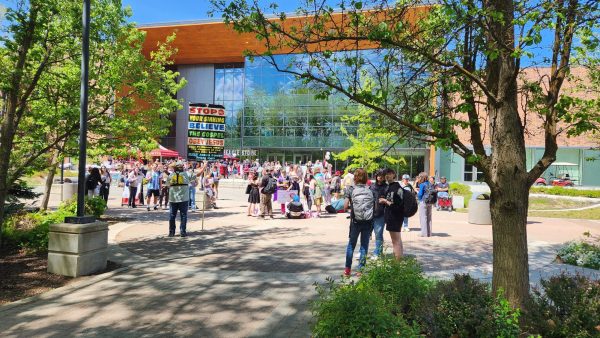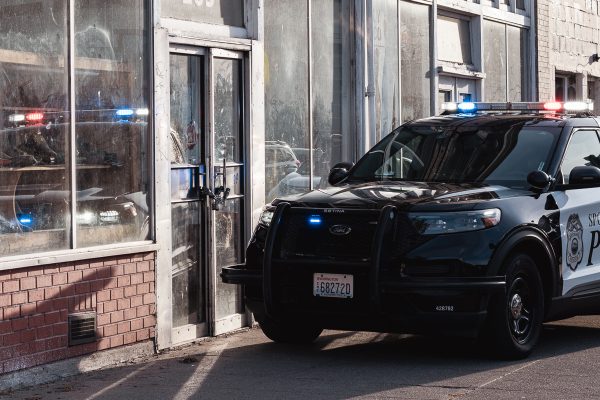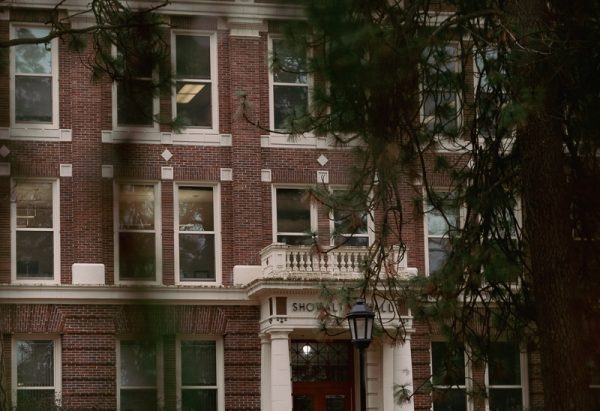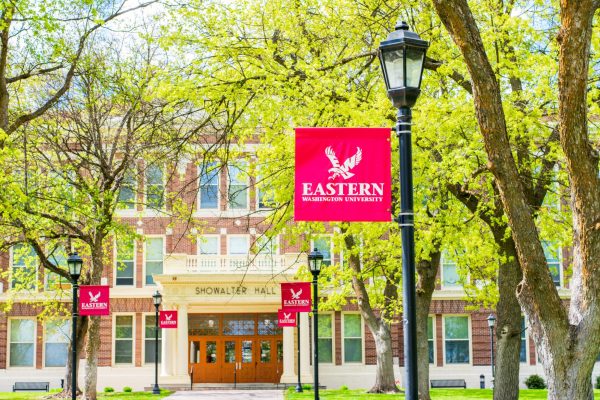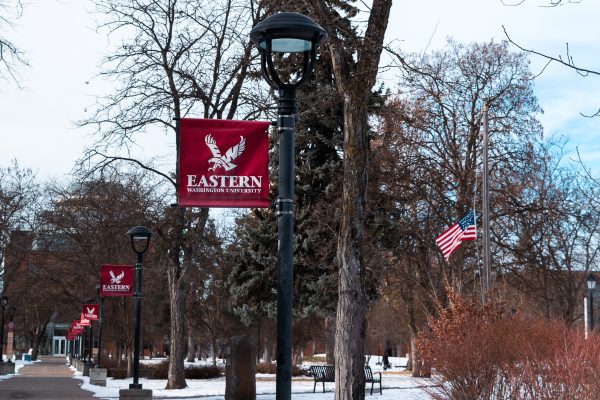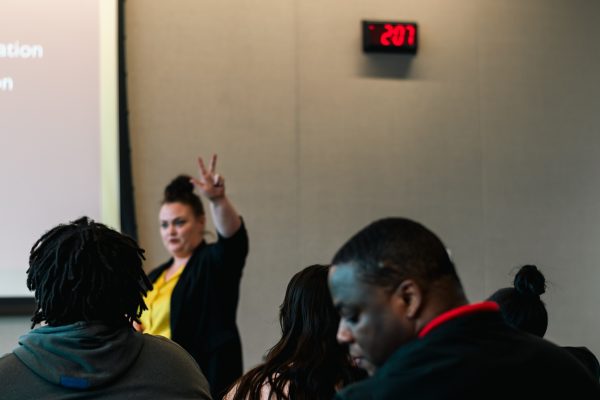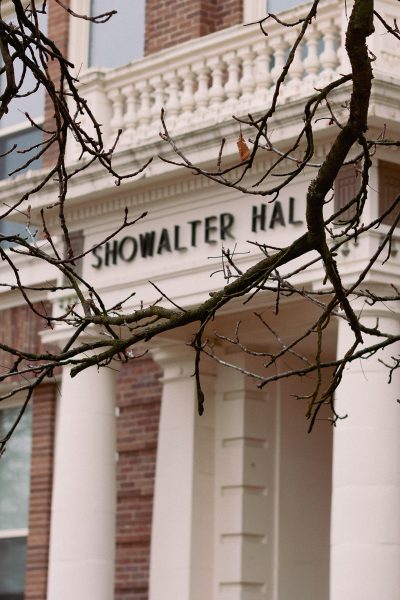Engineering Department projects keep raising the bar
EWU engineering students in Brazil for a rocket competition. The group won third place last year in a international collegiate rocket launch competition | Photo courtesy of EWU Rocketry Group
February 14, 2018
The sky is hardly the limit for what the Engineering Department of EWU will do for its students’ projects and dreams. Following the success and publicity of their 3-D printed prosthetic arm in January, the faculty and staff are eager to show students just how much there is to offer through EWU’s Engineering Department.
According to Department Chair of Mechanical Engineering, Dr. Martin Weiser, getting involved in activities and opportunities outside of the classroom is vital to learning and making important connections. Whether through capstones, clubs or outreach opportunities, students who choose to participate have the opportunity to see their wildest ideas come to fruition.
“I always tell our engineering students,” Weiser said, “‘What’s going to make you different from the other thousands of students that graduated this year?’”
Capstone projects at EWU can be done either internally or through an industry and are required for graduation in the Engineering Department.
Recent capstone projects include working with Lighthouse for the Blind in Spokane to develop real world office tools for blind factory workers. These experiences are designed to give students the opportunity to work on real world problems and discover their own solutions.
In addition, capstone teams have partnered up with Caterpillar to develop a plan allowing forklifts to retrieve smaller amounts of material instead of retrieving an entire pallet. The resulting prototype was a ‘Helping Hand’ platform and arm which would be carried by the forklift to wherever items needed to be picked up.
Capstone projects are proposals submitted by students, faculty or industries which are then voted on while considering the cost, interest and resources related to it.
Dr. Matthew Michaelis is an Assistant Professor in Mechanical Engineering who is largely involved with many of the capstone projects in the department. Michaelis said the projects provide students with skills in teamwork, design, analysis, resume crafting and experience. About one-third of current capstone projects in the Engineering Department are student generated, one third are industry projects such as the Caterpillar projects, and one third are involved with other related departments.
EWU’s Engineering Department does not keep to itself by any means. Various projects are not related to either capstone or club limits and can be generated by either the department or an outside entity.
In the case of the prosthetic arm, Spokane Public Schools approached EWU with the intent of asking for some help and ideas to solve their problem. A team led by Assistant Professor Dr. Robert Gerlick, Department Technician Frank De Abreu and senior Shannon Kellam printed and assembled the arm before presenting it to Isaiah Strom in January.
Although the 3-D arm made it to the news, it is not the only project outside of capstones and clubs.
Developing a humanoid robot programmed specifically to assist therapists working with autistic children was a major project within the department last year. The plan was headed up by Dr. Gerlick and Dr. Donald Richter with help from former graduate student Jennifer Leaf.
After behavioral therapists were consulted on the needs of basic childhood development, the robot was programmed to read and coach kids through storybooks. According to the project’s report for the American Society for Engineering Education, controls on a wireless tablet allowed the therapists to regulate the length and repetition of passages without causing too much distraction on their part.
The project is currently on standby until more interest is shown. Continuation of these projects relies on the students’ level of interest and involvement. The more interest is shown, the easier it is to find funding.
The aim of professors and faculty such as Dr. Gerlick is to show students that these projects are accessible to anyone. Through participation, students develop work ethic, perseverance, initiative and creativity which can be applied both in and out of the classroom.
Dr. Weiser said clubs—no matter where they are— are some of the best opportunities to start learning and making connections.
The clubs in the Engineering Department are lucky to have an extremely active department with faculty and staff who go above and beyond for their students.
Shannon Kellam, who was involved with the prosthetic limb in January, is also president of the Rocketry Club at EWU. Kellam said it is a tradition for the club to support various outside projects in some form.
“It’s my hope that we can increase the inter-club relationships and projects,” Kellam said.
The club is currently working with a capstone group to develop and create ways to mold carbon-fiber tubes for rocket airframes. The capstone worked with local engineering company Triumph last year to examine their complex carbon-fiber technology and are now using the knowledge to develop their own.
Senior Viktor Black, a member of the rocketry club for three years, is the project manager for the Rocket Engine Capstone. The club is currently working on creating the visual frame of the two-stage rocket while the capstone develops the internal engine components.
“It started with a dream idea,” Black said, referring to the one-and-a-half year collaborative project between the capstone and club to build a rocket.
Partnering with the physics department, the groups are continuing their work to send the rocket up using their own design and technology.
Members of the club do not need to be rocket scientists—pun intended—to join or participate, however, as the club works with students of all majors in designing and flying small level 1 rockets.
The Rocketry Club is just one example of the passion and investment the Engineering Department has towards its students, whether through capstones, community outreach or clubs. Kellam said it all comes down to the dedication of the advisors and faculty who go above and beyond to provide for them.
“We love what we do as engineers,” said Kellam. “There are a lot of passionate people here.”
The faculty and staff in the Engineering Department constantly reiterates the importance of applying real-world experience to the college experience. These projects are just a taste of what is possible for students to succeed at EWU.



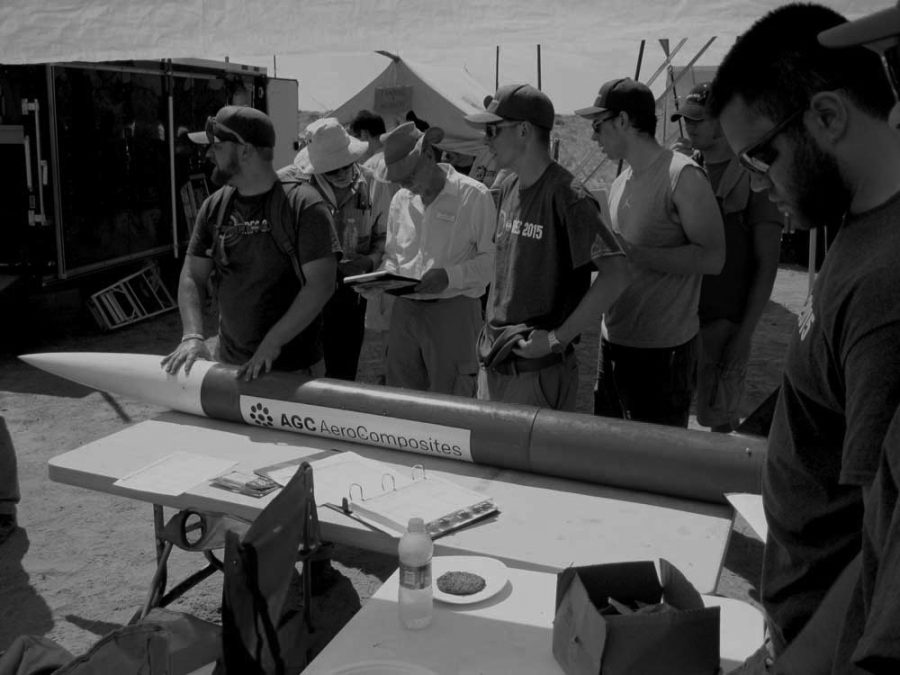


![Simmons said the biggest reasons for her success this year were “God, hard work, and trusting [her] coach and what she has planned.”](https://theeasterner.org/wp-content/uploads/2024/05/image1-1-1200x800.jpg)

